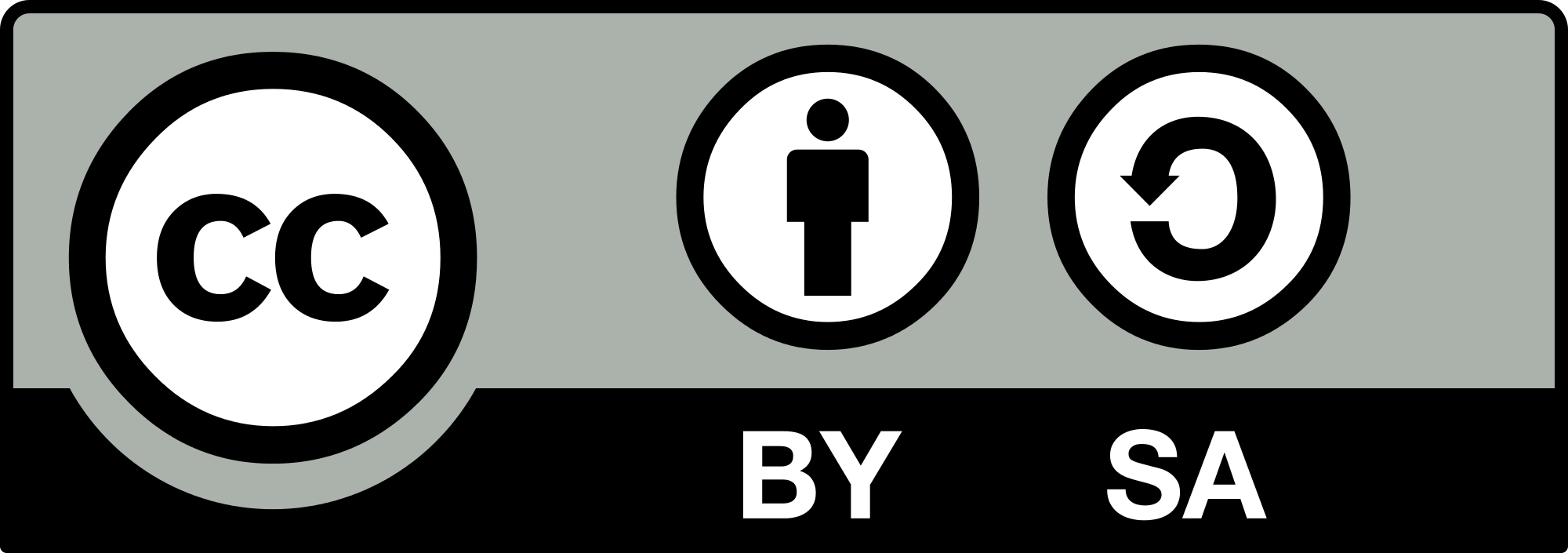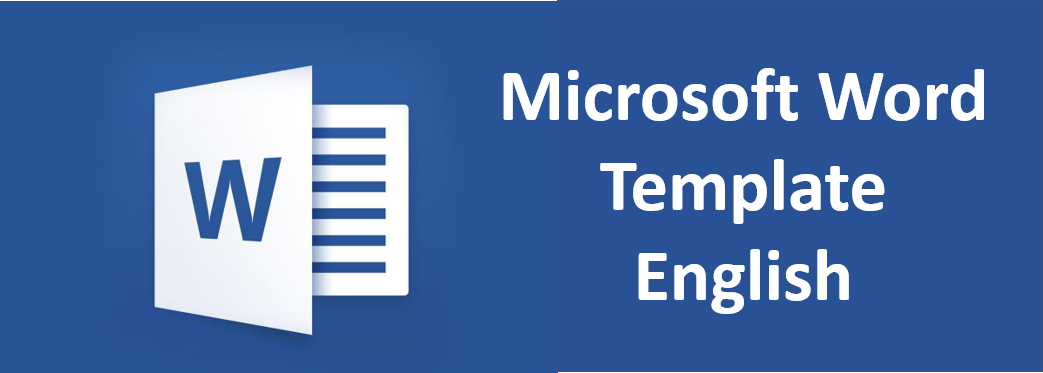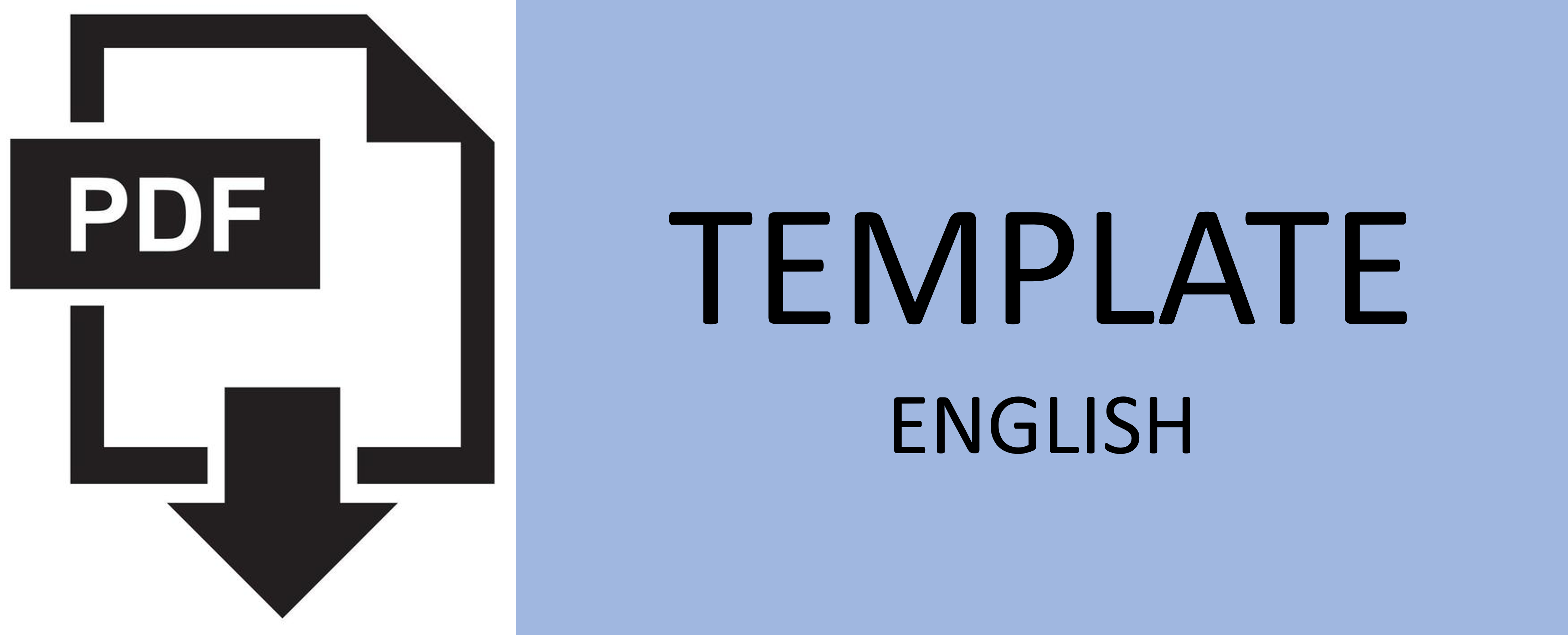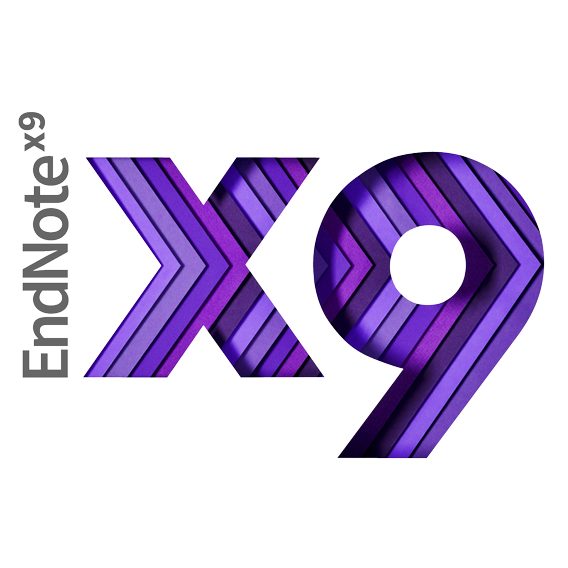MICROBUS STOP OPTIMIZATION BASED ON GIS FOR BUS FEEDER ON THE GUNUNG ANYAR – KENJERAN ROUTE
Abstract
Keywords
Full Text:
PDFReferences
BPS Kota Surabaya, “SURABAYA DALAM ANGKA,” 2021.
K. Hymel, “If you build it, they will drive: Measuring induced demand for vehicle travel in urban areas,” Transp Policy (Oxf), vol. 76, pp. 57–66, Apr. 2019, doi: 10.1016/j.tranpol.2018.12.006.
Oglesby and H. Clarkson, Teknik Jalan Raya. Jakarta: Erlangga, 1999.
Pemerintah Kota Surabaya, “Transportasi,” 2015. https://www.surabaya.go.id/page/0/8263/transportasi (accessed May 02, 2021).
M. Rohani, D. C. Wijeyesekera, and A. T. A. Karim, “Bus Operation , Quality Service and The Role of Bus Provider and Driver Bus Operation , Quality Service and The Role of Bus Provider and Driver,” Procedia Eng, vol. 53, pp. 167–168, Dec. 2013.
Dishub Surabaya, “Data Jumlah Microbus di Kota Surabaya 2017,” Surabaya, 2017.
I. Pasha, “Ambulance Management System Using GIS,” Universitetsbibiliotek, p. 78, 2006.
H. ASLAN and H. KOCAMAN, “GIS Based Bus Stop Optimisation for Sakarya Public Transportation System,” Sakarya University Journal of Science, pp. 1–1, Oct. 2018, doi: 10.16984/saufenbilder.394911.
H. S. Yunus, Metodologi Penelitian Wilayah Kontemporer. Yogyakarta: Pustaka Pelajar, 2010.
V. Sujarweni and Wiratna, Metode Penelitian: Lengkap, Praktis, dan Mudah Dipahami. Yogyakarta: Pustaka Baru Press, 2014.
DOI: http://dx.doi.org/10.12962%2Fj20861206.v38i1.16127
Refbacks
- There are currently no refbacks.

Journal of Civil Engineering is licensed under a Creative Commons Attribution-ShareAlike 4.0 International License.







.jpg)